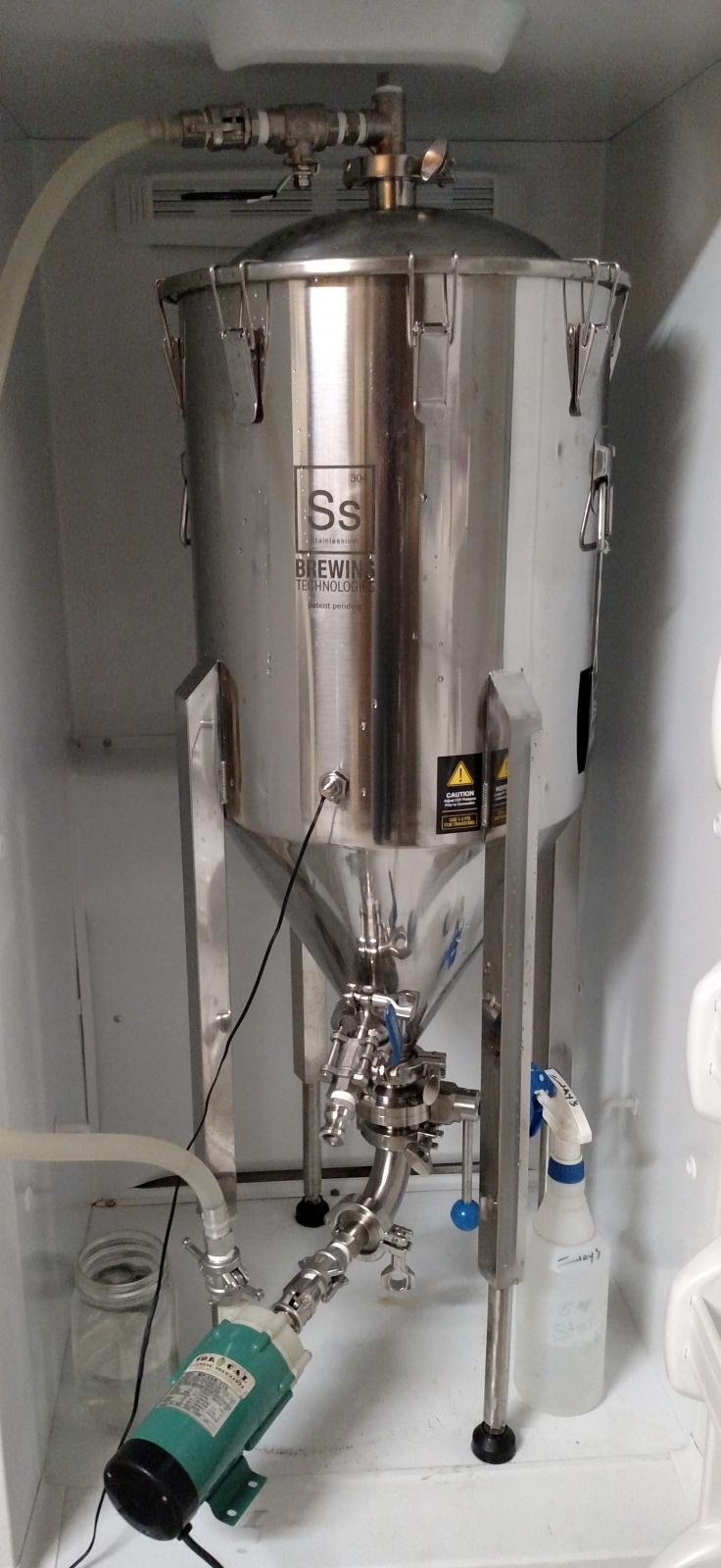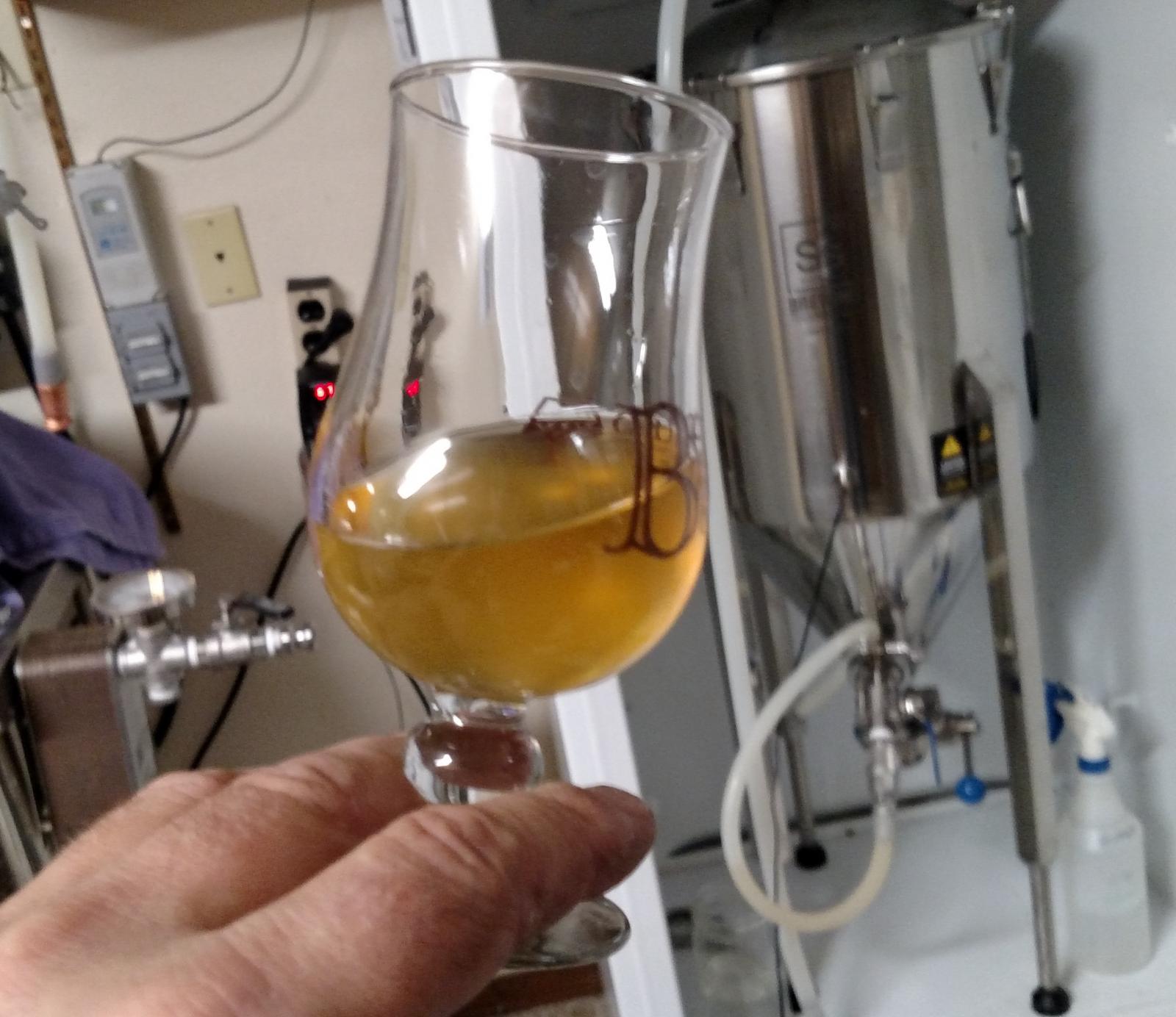Dfitz
Well-Known Member
I would guess once you get up past 1/2 BBL you'd want to ferment in one vessel rather than several 5-7 gal buckets.

I frankly think the whole oxygen oxidation thing is friggin over rated at a home brewing level. Maybe for a competition it might matter, but largely I think its the new HBT "buzzword" as of late.
I couldnt tell what oxidation tastes like. Can you?
im not flaming here or trolling.
If you believe beer fermented in SS or plastic will make a really big difference your basically a fool. Try a blind test.















If you believe beer fermented in SS or plastic will make a really big difference your basically a fool. Try a blind test.
If you believe beer fermented in SS or plastic will make a really big difference your basically a fool. Try a blind test.
The thing about conicals is the fact you can get the dead yeast off the trub and avoid off-flavors dead yeast can give. A SS conical will last a lifetime unless you purposely drop it. If I were to recommend ONE single item in a brewery, it would be an SS conical. Nothing else compares to the ease of use, durability, quality of beer and overall coolness factor. I have NEVER regretted spending money on my SS conical.
You know, I probably *could* put a conical in my upright ferm chamber... Hmmm...




My thinking is its a cool factor

